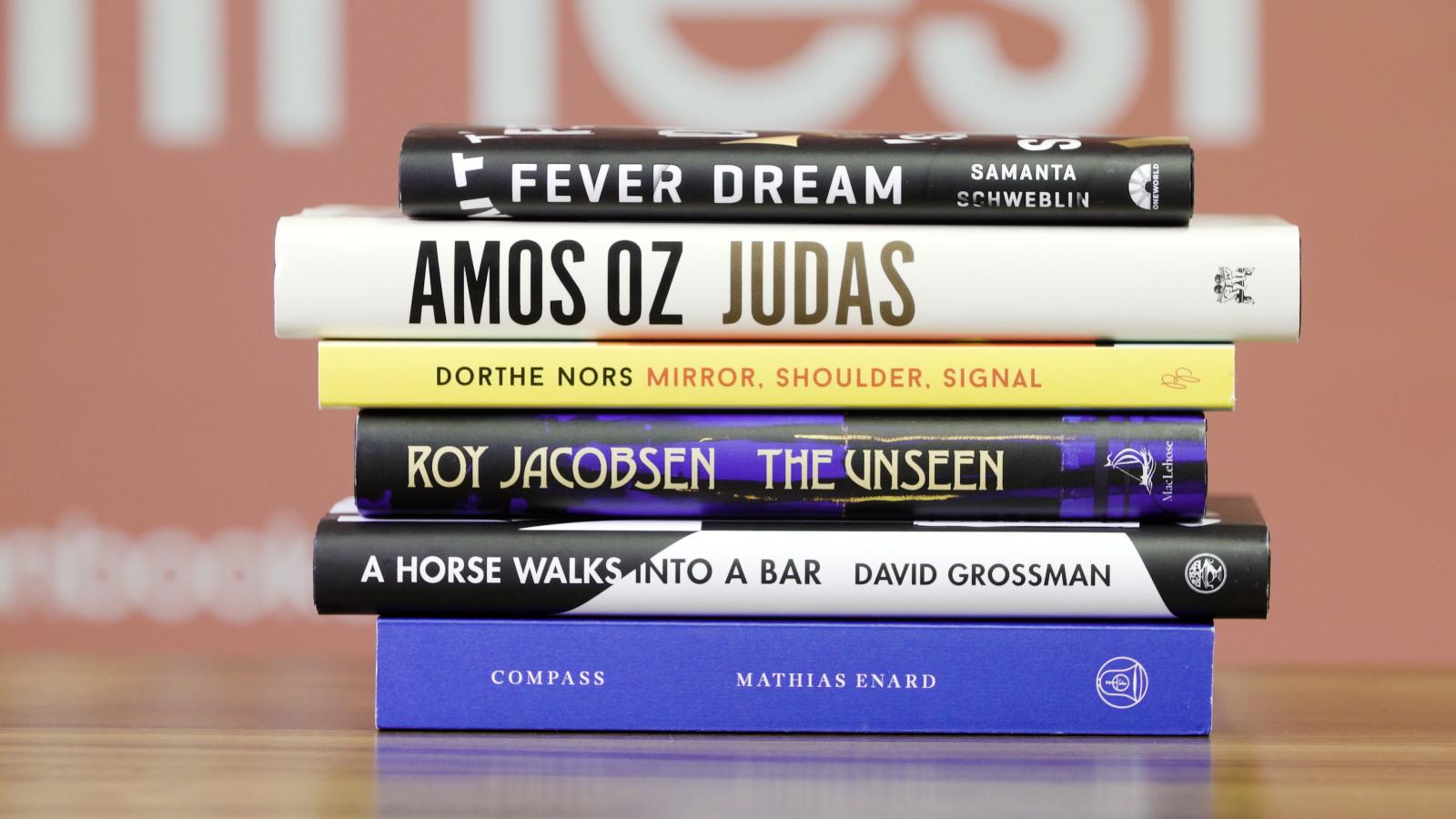The shortlist for the 2017 Man Booker International Prize was announced yesterday. The annual award is given for a book of fiction translated into English and published during the previous year. The £50,000 prize (approximately $63,900) is split between the writer and translator of the winning book, which will be announced on June 14 in London.
Each of the shortlisted authors and translators will receive £1,000 (approximately $1,280). The finalists are:
Compass (Fitzcarraldo Editions) by Mathias Enard (France) and translated by Charlotte Mandell (US)
A Horse Walks Into a Bar (Jonathan Cape) by David Grossman (Israel) and translated by Jessica Cohen (US)
The Unseen (Maclehose) by Roy Jacobsen (Norway) and translated by Don Bartlett (UK) and Don Shaw (UK)
Mirror, Shoulder, Signal (Pushkin Press) by Dorthe Nors (Denmark) and translated by Misha Hoekstra (US)
Judas (Chatto & Windus) by Amos Oz (Israel) and translated by Nicholas de Lange (UK)
Fever Dream (Oneworld) by Samanta Schweblin (Argentina) and translated by Megan McDowell (US),
“Our shortlist spans the epic and the everyday,” says Nick Barley, the chair of the judging panel. “From fevered dreams to sleepless nights, from remote islands to overwhelming cities, these wonderful novels shine a light on compelling individuals struggling to make sense of their place in a complex world.” The four other judges for the 2017 prize are Daniel Hahn, Elif Shafak, Chika Unigwe, and Helen Mort. The six finalists were selected from a longlist of thirteen, which in turn was selected from 126 submissions.
The prize, which was formerly given biennially for a fiction writer’s body of work, combined last year with the Independent’s Foreign Fiction Prize to award a single book of translated fiction. Han Kang and Deborah Smith won the 2016 prize for Smith’s translation from the Korean of Han’s novel The Vegetarian.






